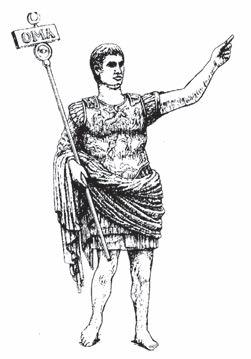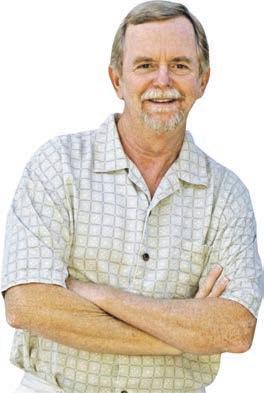22
THE SUN
OUTDOORS
DECEMBER 16, 2020
Threatened seagrass has trickle-down effect Reel Time RUSTY CHINNIS
T
he seagrass beds that carpet Sarasota Bay harbor a tremendous array of living creatures. This critical and diverse ecosystem is generally out of sight except at extreme low tides. Seagrasses are actually underwater flowering plants that serve a number of important functions. They produce oxygen, bind sediments and baffle wave action while cleansing the water column. Seagrass roots, their leaves, and the epiphytes and microalgae that cling to them clean water by converting dissolved nutrients into plant matter. Besides giving us clean and clear water, seagrasses are home to the organisms that provide food and shelter for fish, crustaceans, shellfish and wading birds. They also are food sources
for manatees, sea turtles and various fish and crustaceans. Because they flower, seagrasses require sunlight and are limited to clear, shallow waters. Of the 52 species of seagrasses worldwide, only seven are found in Florida. Three main species are found on Florida’s southwest coast. They include turtle grass (Thalassia testudinum), shoal grass (Halodule wrightii) and manatee grass (Syringodium filiforme). The historical loss of these species has been extensive throughout Florida. Tampa Bay has lost 81% of its historical seagrasses, Sarasota Bay 35% and Charlotte Harbor 29%. Poor watershed management (stormwater runoff and sewage disposal) dredge and fill operations and scarring from boat propellers have taken a heavy toll on Florida’s seagrasses. Through the elimination of small, poorlymaintained regional sewage systems and the work of organizations like the Sarasota Bay Estuary Program, Tampa Bay Estuary Program, and Tampa Bay Watch, programs were instituted that began to turn the tide
SUBMITTED
Harmful algae blooms like this occurrence of lyngbya on the east side of Anna Maria Sound are indicative of poor water quality and smother seagrasses. on water quality. Anglers, from experience, are aware of the importance of these prolific, shallow beds. They experience firsthand the myriad interactions that produce fertile fisheries.
They may not understand the intricate web of existence that proceeds from the microscopic level to the fish on the end of SEE REEL TIME, PAGE 23



